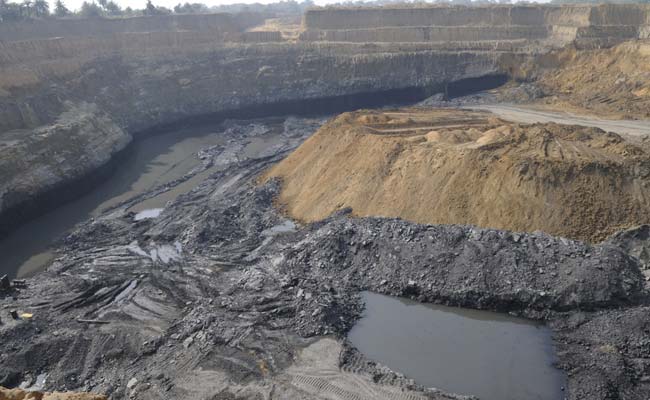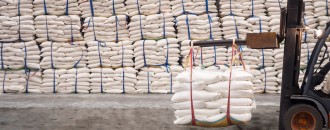
India’s coal imports due to low production, regulatory obstacles: Coal Minister
India’s imports of coal, mostly non-coking coal, have increased sharply in the last few years due to the inability of coal producing companies to meet the growing demand Bidhu Bhushan Palo | The Dollar Business
 Coal industry in India is plagued by uncertainties such as the coal scam, investigations into imports, and strikes by CIL workers
Coal industry in India is plagued by uncertainties such as the coal scam, investigations into imports, and strikes by CIL workersIndia has huge coal reserves, enough to meet domestic demand and also for exports, but the country imports millions of tonnes of coal every year due to low production and regulatory bottlenecks. India is the world's third largest coal producer, but is also the third largest importer. According to the Coal Ministry, India’s overall coal imports have increased to around 168.4 million tonnes in FY2013-14, which is up around 140% from 70.40 million tonnes in FY2010-11. Indonesia (103.1 million tonnes) is the main supplier of coal to India, followed by Australia (34.8 million tonnes) and South Africa (20.6 million tonnes). Imports of non-coking coal, which is used mainly by power, cement and iron producing plants, has increased by around 165% to 131.25 million tonnes in the same period. This is mainly due to reduced supply despite high reserves in the country which is estimated at around 301.56 billion tonnes, of which non-coking coal accounts for about 88%. Moreover, India adds about 3-4 billion tonnes to its coal reserves every year due to the exploration by the state-owned Coal India Limited (CIL) which is the world’s single largest coal producer. However, total coal production in India is estimated at around 565.6 million tonnes, which is less than the demand for coal in India. According to the Annual Plan (AP) for 2014-15, coal demand in the power sector alone is estimated at around 551.6 million tonnes, which is up about 84.71 million tonnes from the projected production of around 466.89 million tonnes.
 Source - Coal Ministry, India
Source - Coal Ministry, IndiaOver 70% of coal in India is used to produce power, and growing demand for power has prompted the government to take measures to facilitate coal imports. At present, coal imports are placed under Open General Licence (OGL), and the import duty on coal has also come down. In the Union Budget for 2014-15, the government rationalised the import duty for all types of coal and coke to 2.5%. However, the government acknowledges that reforms are required in coal mining and production in India, particularly in environmental and land clearances, and lack of production in several mines. At present, CIL, which accounts for over 80% of all coal production in India, has about 456 coal mines, but production does not take place in 27 out of those mines or about 6% of total mines held by CIL. The government says that this is mainly due to delay in obtaining Environment and Forest (EC & FC) clearances, delay in land acquisition, rehabilitation and resettlement issues, lack of infrastructure and difficult mining conditions. Of the 27 such coal mines, 5 are in West Bengal, 3 in Jharkhand, 7 in Chhattisgarh, 4 in Odisha and 8 in Maharashtra. Piyush Goyal, Minister of State (IC) for Power, Coal & New and Renewable, informed the Parliament this week that exploration of new reserves has also been affected due to law and order problems in some areas. However, Goyal added that the government has begun initiatives to improve coal production. It is in talks with various state governments to provide statutory clearances and has allowed Public-Private Partnership (PPP) in coal production. The government has also retained the 507 million tonnes production target for CIL for 2014-15 (which is up around 9% from the actual production in previous year) and has asked CIL to increase production to one billion tonnes by 2019-20 by starting new projects and through use of mass production technologies. Coal production by private companies by 2019-20 is estimated at around 600 million tonnes. “The focus of the Government is to increase coal production to the maximum extent possible by facilitating Environment & Forest clearances expeditiously, pursuing with State Government for assistance in land acquisition and coordinated efforts with Railways for movement of coal,” Goyal said. The government also plans to sell about 10% of its stake in Coal India under its disinvestment programme for 2014-15.
This article was published on December 18, 2014.





 to success.
to success.